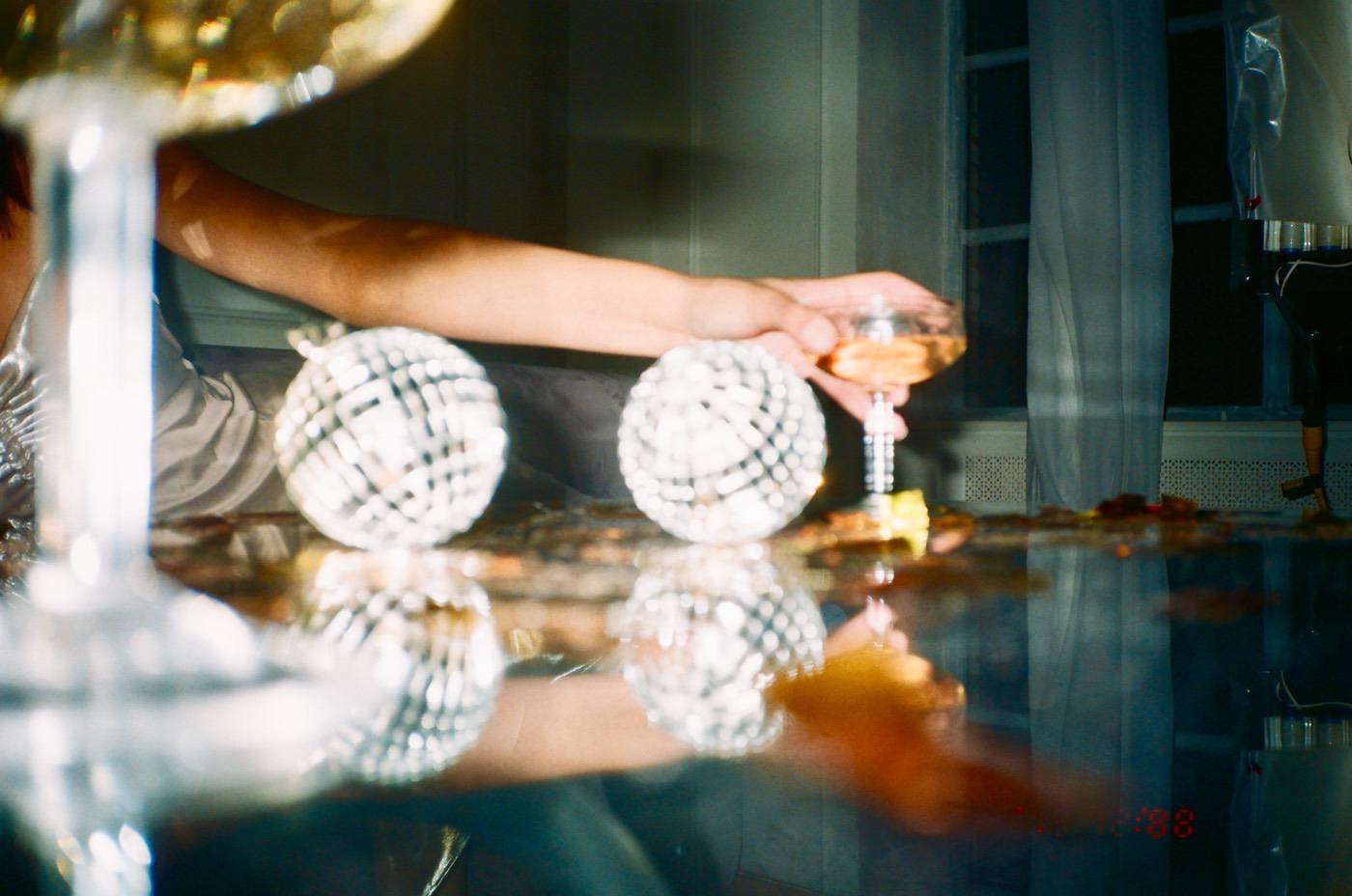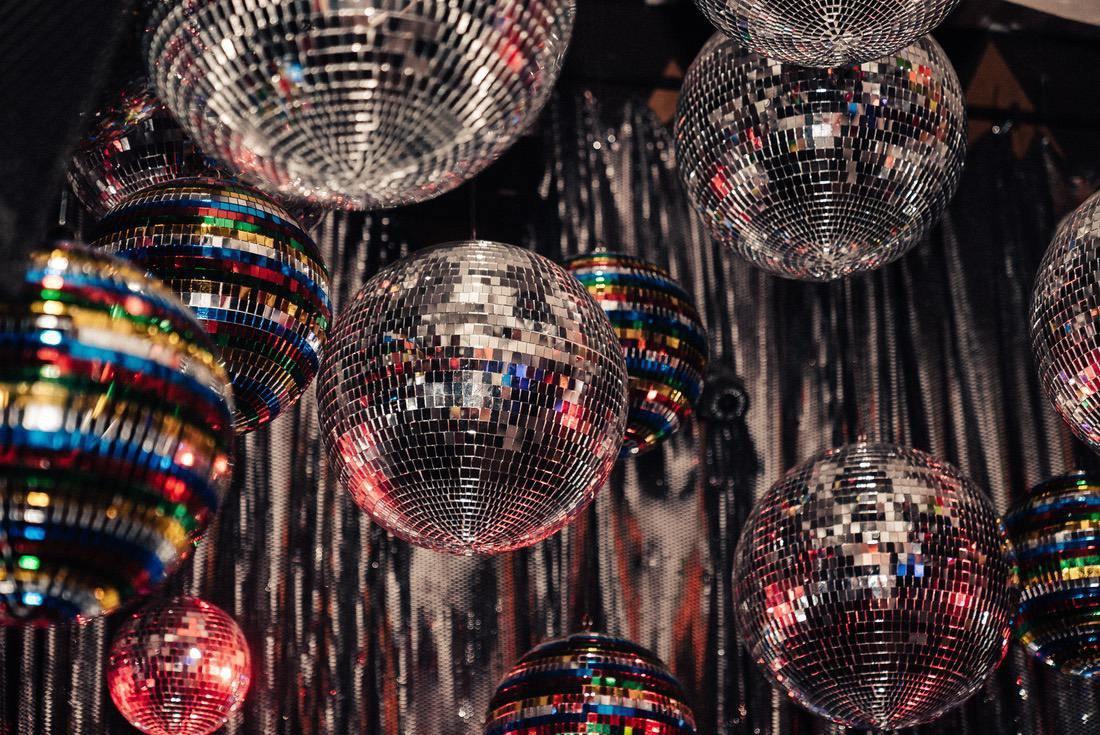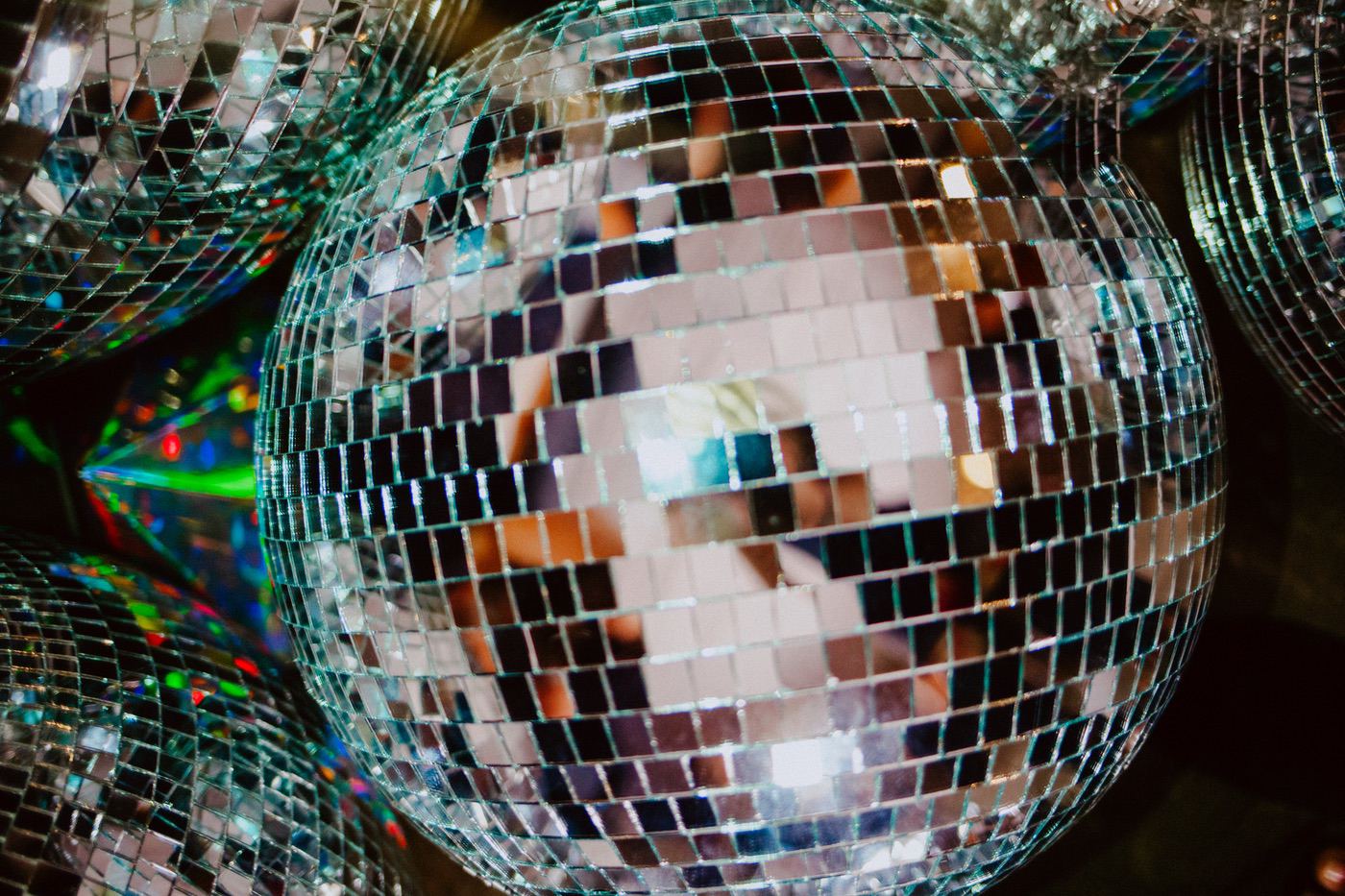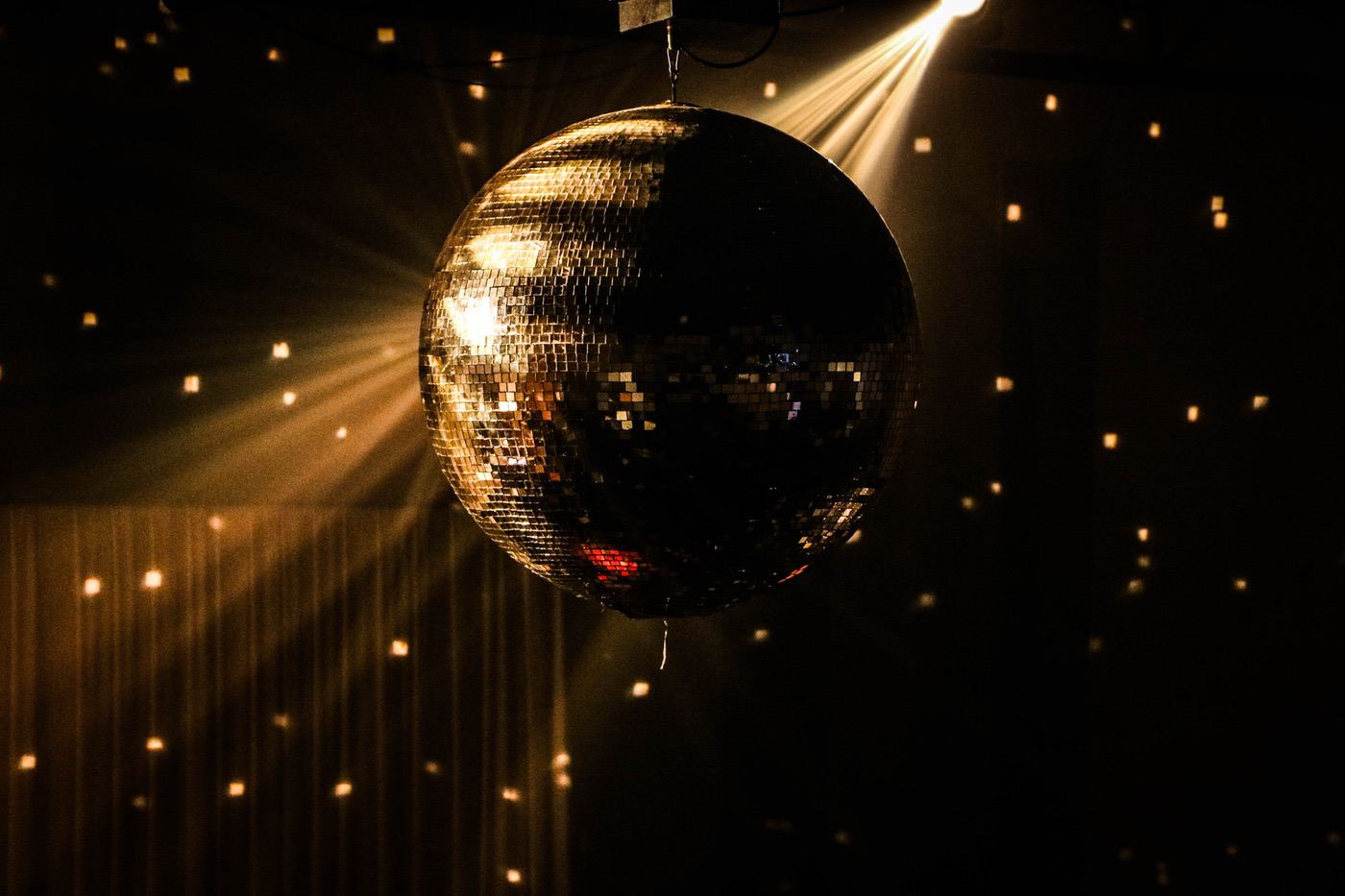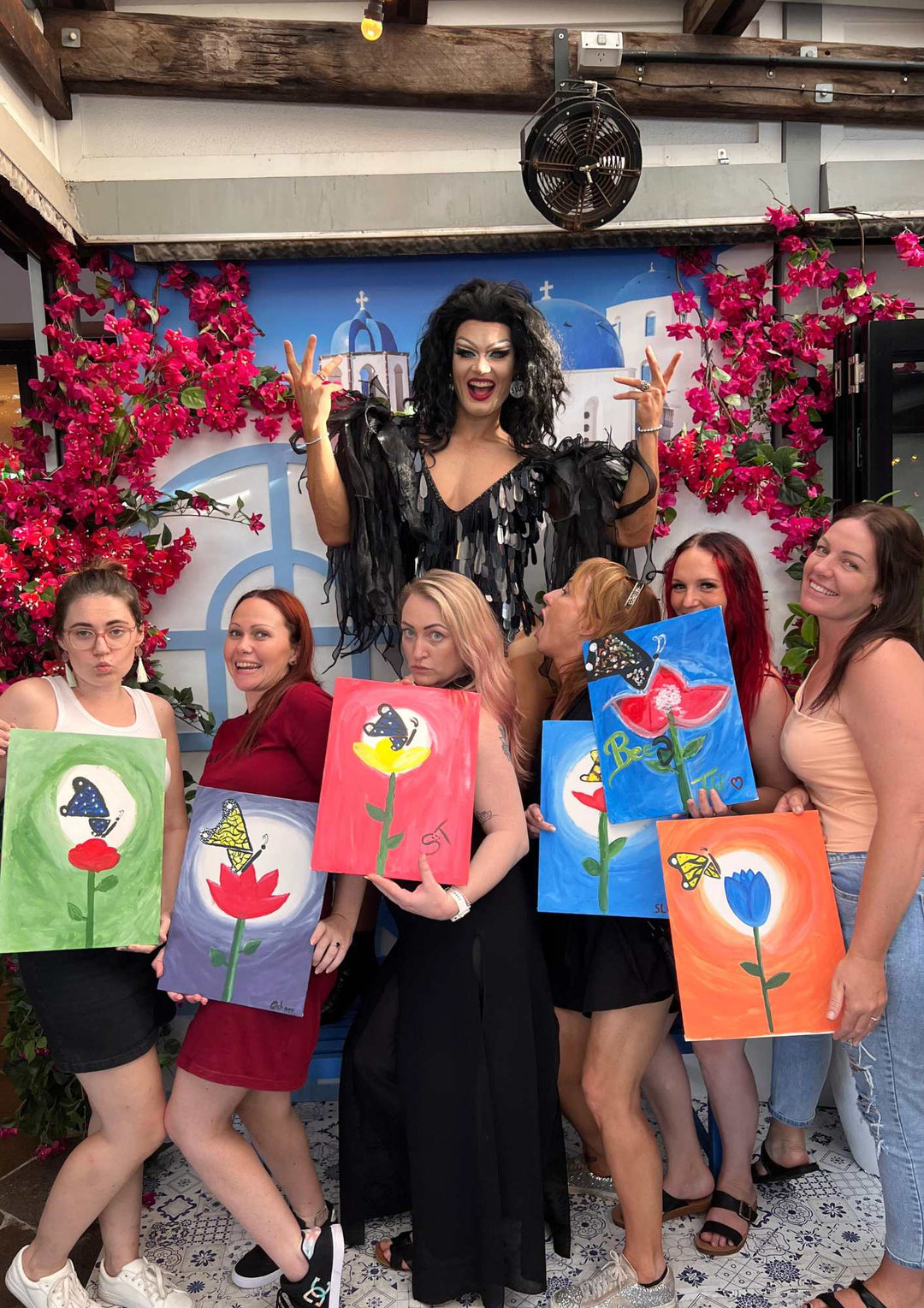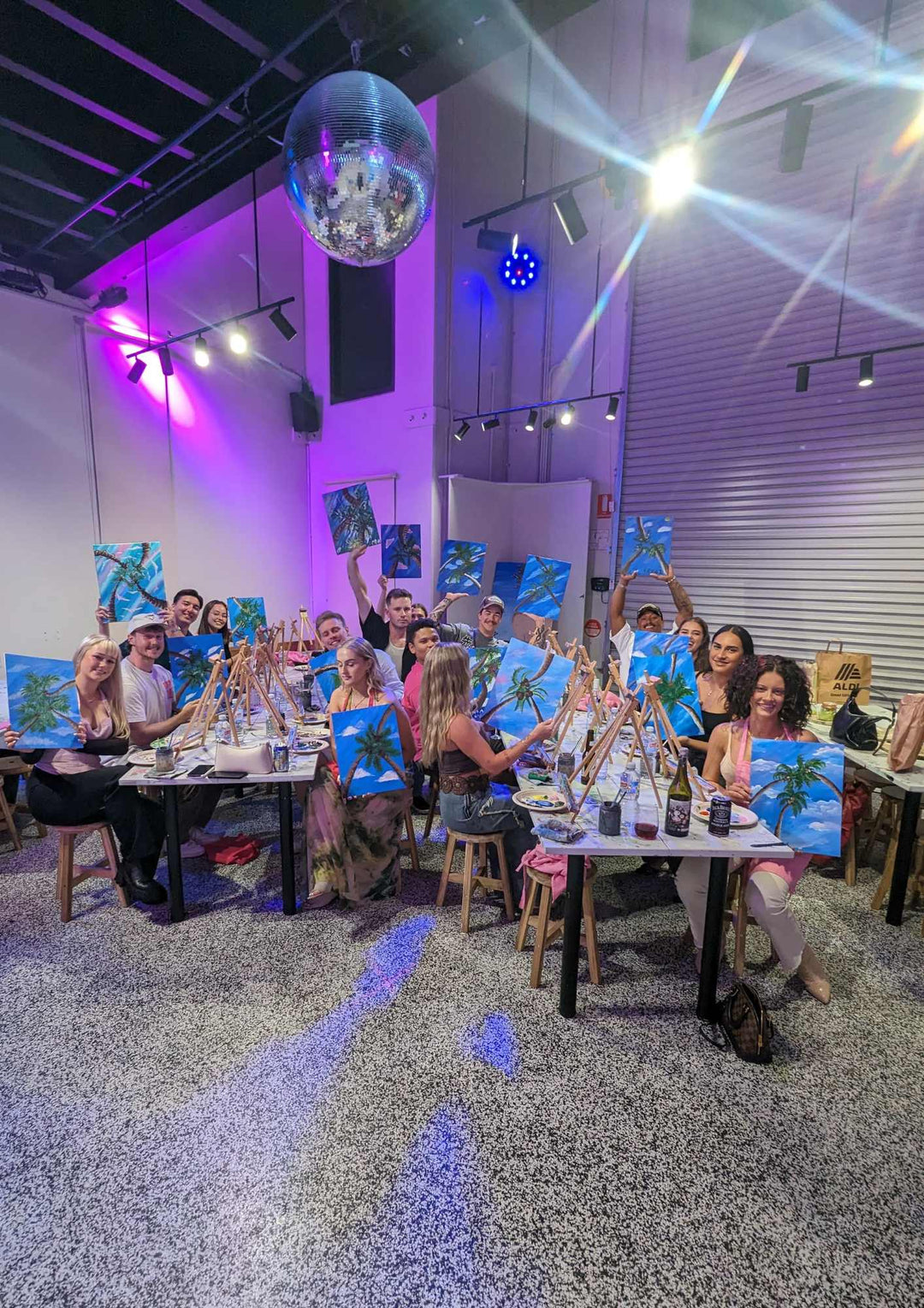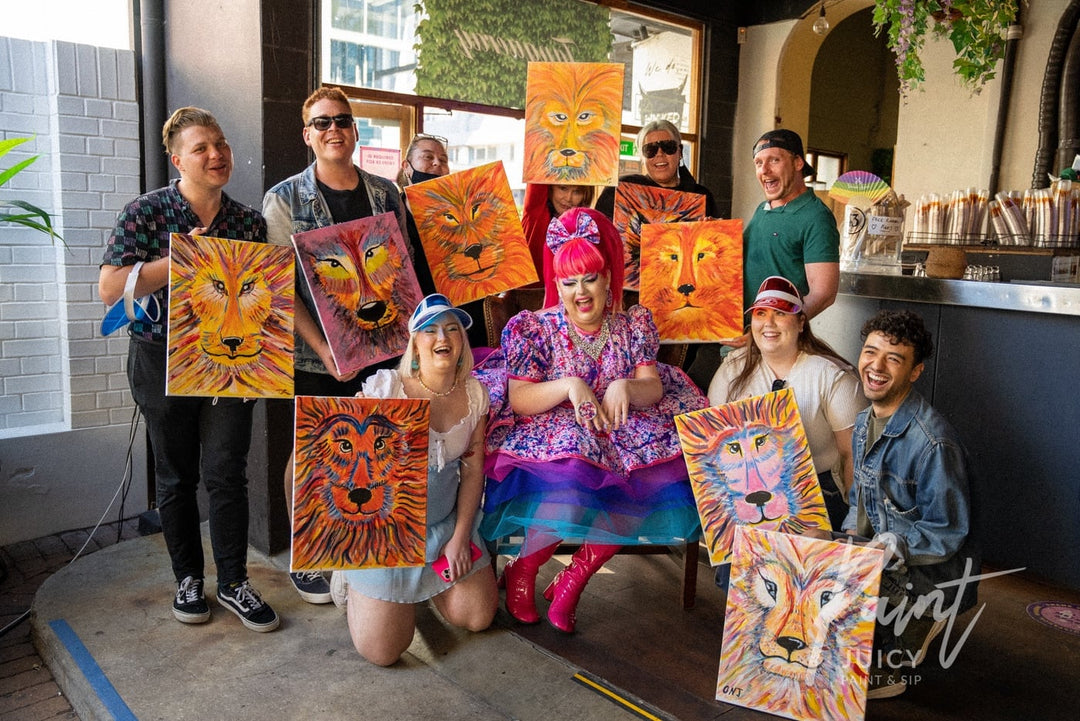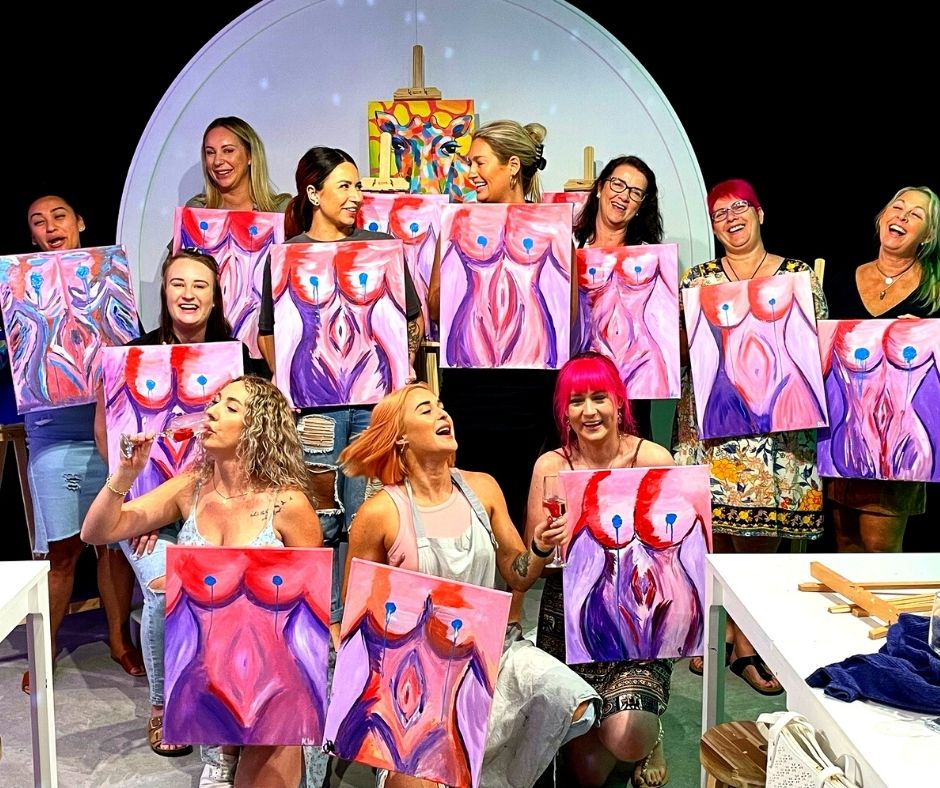A Step by Step Guide How to Paint a Masterful Portrait in Melbourne
Portrait painting has fascinated artists for centuries. Becoming an expert artist isn’t easy. Capturing the human face is a delicate balance between proportions, color theory, light, and composition. Mastering the art of portrait painting takes time and practice, but there are steps you can take to prepare yourself and get the most out of your painting time. There are many exercises you can try to understand form, light, and shadow better.
If you’re inspired by the human figure and want to capture the likeness on canvas, your fundamentals are important. Not to mention, the more time you spend painting, the better you’ll get. Whether you’re thinking about joining a paint and sip class or trying to develop the skills at home, start with this guide to set yourself up on a good foundation. We’ll go over supplies, exercises to practice, and the steps you should focus on when painting a masterful portrait.
The Mecca of Melbourne Painting
Painting has always been popular in Melbourne, thanks to it being home to Australia’s oldest and most visited art museum. The National Gallery of Victoria houses such masterpieces as The Garden of Pan from the Pre-Raphaelite era and James Quinn’s The Blind Girl. Visitors of the National Gallery can wander and marvel at the portraits, landscapes, and beauty of different art mediums.
If you’ve left the National Gallery lately and are now itching to try out art, Melbourne’s opportunities are endless. For starters, you can visit a paint-and-sip class to get an idea of what materials you need and experiment in different mediums. If that’s not right for you, then take the list of supplies from this guide and get going on your own.
Preparation
Art is as much of a mindset as it is practice. We’re going to focus on acrylic painting and the supplies you’ll need as a beginner looking into painting portraits. Acrylics are fun and usually easier to start than oil painting, which needs several chemicals for cleaning. Not only that, but acrylic painting is super fun. We use acrylics here at Paint Juicy for our paint-and-sip Melbourne-based classes.
The price of essentials can go up the more you add to the list. The good thing about acrylic paints is that the absolute essentials you need are relatively cheap. There are some extra things we’ll add to this list that are nice to have, but you don’t need to start off with.
Paints
Of course, you’re going to need paint. That one is a no-brainer. Though, looking at the wall of colors that acrylic paint brands offer can suddenly feel overwhelming. How many do you need? The good news is that you can start off with these colors and still create a great painting:
- White
- Red
- Yellow
- Blue
- Black
You can learn to mix the color and shade you need with these primary colors. In the beginning, you don’t need multiple shades of green or pink. The goal in the early stages is to keep your palette simple and learn what to mix to get human skin tones.
Paintbrushes
You can’t paint without a brush. When you’re starting out, you don’t have to focus on the brand or style. If you’re looking for paintbrushes for experienced painters, here are five types of brushes you may want to purchase.
- Round
- Filbert
- Liner
- Flat
- Angled
Generally, having one each of these will get you started and let you try out what each brush does. Each brush will hold a certain amount of paint and create a shape with the end of the brush, allowing you to do certain techniques.
Canvas and Palette
Two very important materials on your checklist should be a palette to mix colors with and a canvas (or multiple canvases) to paint. If you want to save money, you can use a glass picture frame to mix your colors.
You can purchase a canvas, a canvas board, or wood panels. If you want to travel around painting, you can also try a watercolor sketchbook that holds acrylic paint.
On to the Portrait!
A masterful portrait rests on good draftsmanship and an understanding of light and color. The more time you take to paint, like joining a paint and sip class or practicing at home, the better you’ll be able to notice the division of light and shadow in your subjects. To paint a portrait, you want to start gathering reference photos. Are you painting yourself? Set up a mirror or a photo and study where the light and shadows fall. When you’re sketching on your canvas, try to divide the light and shadow out so that you can be mindful of where you’ll need to paint darker.
Drawing a human body is difficult, and you can use several different methods. You can overlay a grid on your canvas and try to mimic your image square by square. If you want to be experimental, you can flip your reference photo upside down. Keep in mind the more you practice, the better it will get.
Mixing Colors
Beginner painters will want to learn more about color theory to create their paintings. You can pick up a painting book, watch a tutorial, or ask an experienced painter at a paint party. Usually, a lighter skin tone will require mixing equal portions of yellow, red, and blue with white or yellow to lighten the shade.
Darker skin tones will use purple, red, yellow, burnt umber, or raw sienna to begin with while mixing in parts of yellow and red together. Purple can be used to add depth and darkness and red and yellow for highlights.
Blocking In the Basic Shapes
Block in the basic shapes first. Start with the whole of the head, blocking in the light and shadowed parts. You’ll want to focus on the head as an egg shape and then move on to the neck and shoulders. This is the stage you’ll add in your largest shadows, such as under the neck or one side of the face.
Move on to Detail
After the initial blocking, you’ll start on the smaller shadows and textures that breathe life into your portrait. The shadows or creases around the eyes, the dark or lightness of the eyebrows, and the shade of lip colors all build on one another to create a masterful portrait. Every painting process should begin with the simplest details you can and build up to more complex shadows and shapes.
Don’t Forget to Practice!
The truth is that the first painting won’t be perfect. Art is a skill you’ll develop after practicing it over and over again–and, most importantly, you need to take time to study your skills, use references, speak to other artists, and learn different methods if you want to seriously improve. By attending a paint-and-sip class weekly and mixing it up with at-home painting in your free time, you can start to learn the basics that will eventually lead to a masterful portrait. The process is fun, and the more you practice the better it will get.
Painting a portrait is one of the most challenging and rewarding things you can do as an artist. The face is full of small details and shadows that you can miss without the right observation skills. Try a paint-and-sip class that studies the male figure if you want to get a lot of mileage out of your practice. You can also ask an experienced artist to show you how to mix skin tones, all while enjoying an extra saucy environment.
Relax and enjoy your painting, whether it comes out “perfect” or not.
